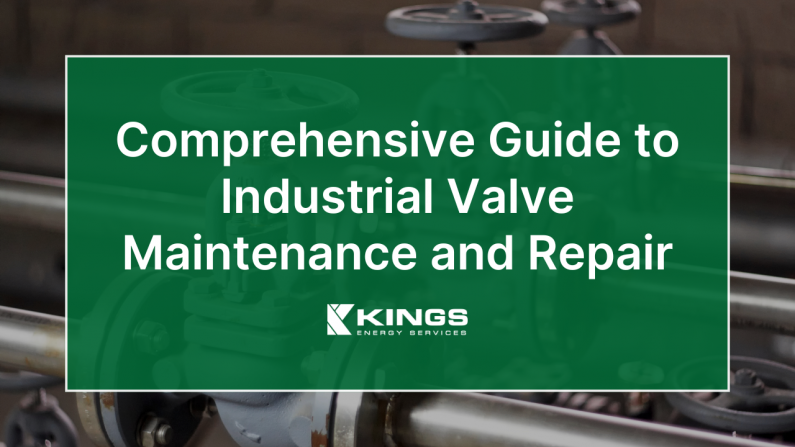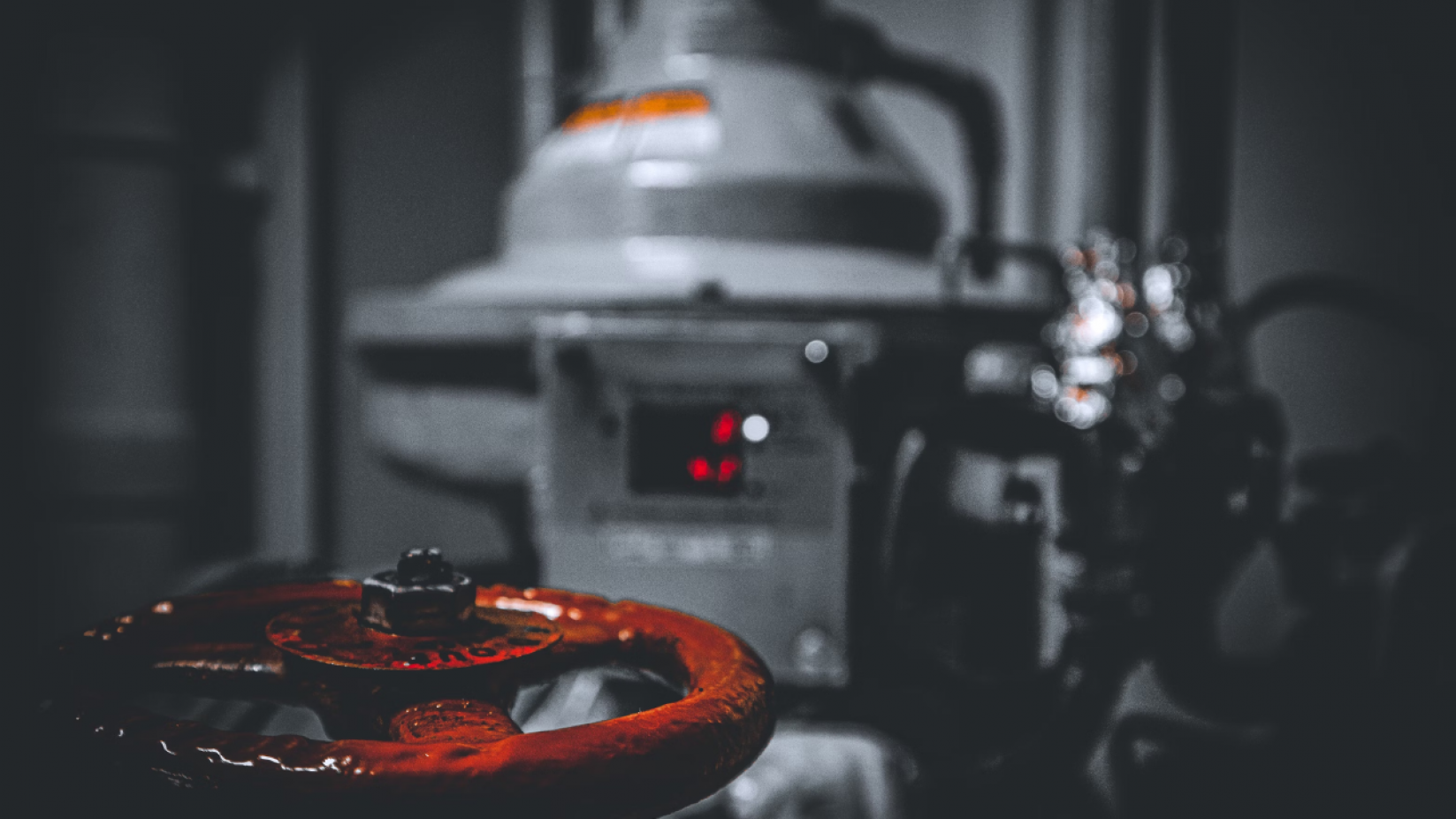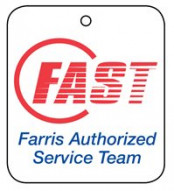Comprehensive Guide to Industrial Valve Maintenance and Repair

Industrial valves are crucial components across various sectors, including oil and gas, manufacturing, and more. Proper maintenance and timely repairs are essential to ensure their longevity and optimal performance. In this blog post, we'll explore the essentials of industrial valve maintenance and repair, providing you with practical tips and insights.

Understanding Industrial Valves
Industrial valves come in several types, each serving a specific function. Gate valves, for example, are used for on/off control, while globe valves are ideal for regulating flow. Ball valves provide reliable sealing with a quick shut-off feature, and butterfly valves, being compact, are suitable for controlling large volume flows. Lastly, check valves prevent backflow in systems. Understanding these different types helps in knowing how to maintain and repair them effectively.
Essential Maintenance Practices
Regular maintenance is the key to preventing major issues and extending the lifespan of your valves. Start with visual inspections to check for signs of wear, corrosion, or leaks. Lubrication of moving parts is crucial to prevent friction and wear, and don’t forget to regularly tighten bolts to maintain proper pressure and prevent leaks.
Cleaning your valves to remove debris and buildup ensures smooth operation, while periodic function tests help confirm that valves open and close correctly. These simple practices can save you from costly repairs down the line.
Common Repair Techniques
Even with the best maintenance practices, valves may require repairs. One common issue is leakage, often fixed by replacing the seal. If a valve operates stiffly, the stem might be worn or bent, necessitating a replacement. Minor body damage can often be repaired through welding or epoxy, while a damaged valve seat may need to be replaced to improve sealing and operation.
For extensively damaged valves, rebuilding them by replacing all worn parts might be the best option. This approach can often restore a valve to like-new condition without the expense of a full replacement.
Troubleshooting Common Issues
Despite regular maintenance and repairs, issues can still arise. Leakage is a common problem, which usually points to faulty seals, gaskets, or seating surfaces. If a valve is difficult to operate, lubrication might be the answer, or it could be a sign of debris or corrosion. Noisy operation often indicates cavitation or flow issues, while erratic flow suggests the valve might not be properly calibrated or could be blocked.






 Box 187
Box 187


 1018 Prescott Dr Unit #2
1018 Prescott Dr Unit #2
